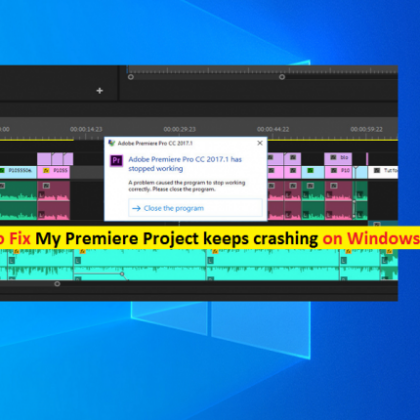Introduction
Imagine this scenario: you’re sitting in front of your computer, ready to start a productive day, when suddenly, an ominous message appears on your screen – “Fatal INT18 Boot Failure Error.” Panic sets in as you realize your computer won’t start. You may wonder what went wrong and how to fix it. In this article, we’ll dive deep into the world of INT18 boot failure errors, exploring their causes, common error codes, and the various methods to resolve them. By the end, you’ll be armed with the knowledge to tackle this issue confidently and get your system back on track.
Understanding the Benefits:
Before we embark on the journey of troubleshooting this error, let’s understand why it’s essential to do so. Computers have become an integral part of our daily lives, whether for work, entertainment, or communication. Resolving the Fatal INT18 Boot Failure Error ensures uninterrupted access to your digital world, preventing downtime and potential data loss. Moreover, resolving this error yourself can save you time and money that you might have otherwise spent on professional assistance.
Possible Reasons for INT18 Boot Failure:
Before we delve into solutions, it’s crucial to identify potential culprits behind this error. Several factors can trigger the Fatal INT18 Boot Failure Error, including:
- Corrupted Master Boot Record (MBR): The MBR contains essential information about your system’s partitions and bootloader. Any corruption here can lead to boot issues.
- Missing or Corrupted System Files: If critical system files are damaged or missing, your computer may struggle to start.
- Incorrect BIOS/UEFI Settings: Misconfigured BIOS or UEFI settings can disrupt the boot process.
- Hardware Problems: Faulty hardware components like hard drives, RAM, or motherboard can also trigger this error.
- Bootloader Issues: Problems with the bootloader software can prevent your system from booting.
Common Error Codes and Examples:
The Fatal INT18 Boot Failure Error can manifest in various error codes. Some common ones include:
Error Code 0xc0000225: This often indicates a missing or corrupt BCD (Boot Configuration Data) file.
Error Code 0xc0000098: This error may occur due to missing or corrupt system files or a misconfigured bootloader.
Now, let’s explore the different methods to resolve this error:
1. Automatic Repair:
Many Windows versions offer an automatic repair option. To use it, follow these steps:
- Insert a bootable Windows installation media.
- Boot from the installation media.
- Choose “Repair your computer” and select the “Troubleshoot” option.
- Click on “Automatic Repair.”
The system will attempt to fix any issues automatically.
2. Manual Repair:
If automatic repair fails, you can try manual fixes:
Rebuild the MBR: Use the “bootrec” command to rebuild the Master Boot Record.
Repair System Files: You can use the “sfc /scannow” command to scan and repair corrupted system files.
Check Hardware: Test hardware components like RAM, hard drives, and connections for issues.
3. Restore from Backup:
If you have a recent backup, you can restore your system to a working state.
Conclusion:
Facing the Fatal INT18 Boot Failure Error can be daunting, but armed with the knowledge and steps outlined in this article, you can resolve it effectively. Remember to back up your data regularly, keep your system updated, and practice good computing habits to minimize the risk of encountering such errors.
FAQ:
Q1: Can I prevent the Fatal INT18 Boot Failure Error? A1: While you can’t completely eliminate the risk, regular backups, system maintenance, and cautious use of your computer can significantly reduce the chances of encountering this error.
Q2: Are there any tools to automate the repair process? A2: Yes, there are third-party tools like EaseUS Partition Master and MiniTool Partition Wizard that can assist in repairing boot-related issues.
Q3: What should I do if my hardware is causing the error? A3: If you suspect faulty hardware, consider consulting a professional technician for diagnosis and replacement if necessary.


